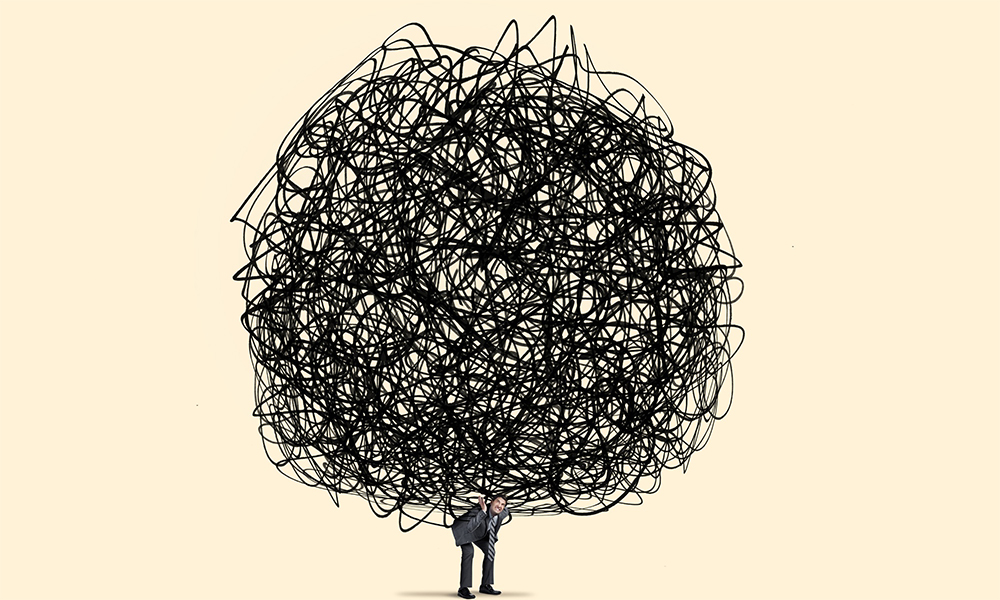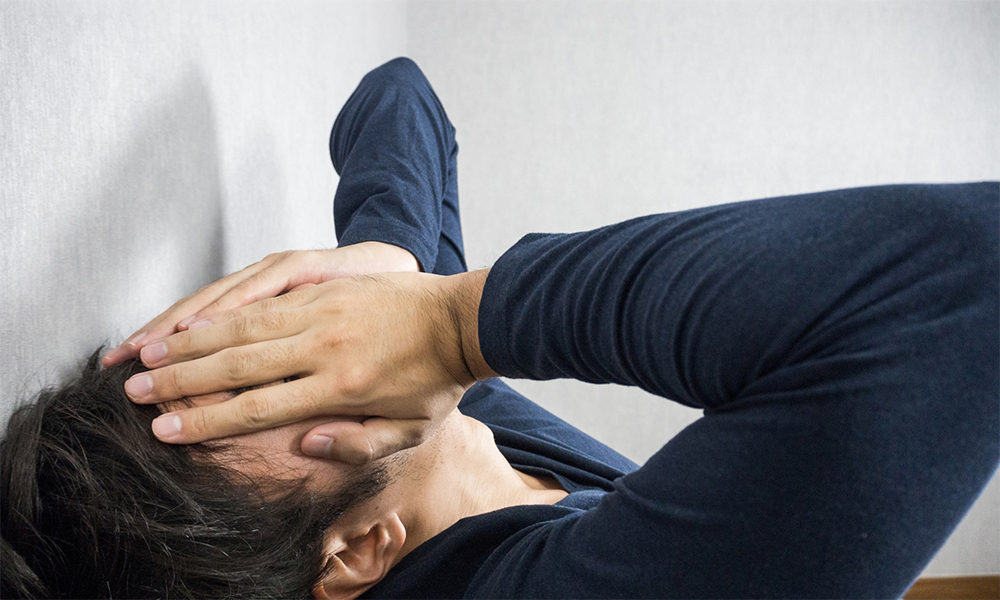For many of us, taking a vacation is a great way to recharge our batteries and feel rejuvenated.
The challenge is that the benefits from a vacation don’t last long. The American Psychological Association (APA recently released a report (cited in an article in Psychology Today magazine) that suggests that the positive effects of a vacation dissipate quickly. On average, the benefits vanish in only about two or three weeks. In some cases, the benefits disappear immediately after returning to work!
This phenomenon of the fleeting benefits of vacations is called the vacation fade-out effect.
To avoid this, it’s time for you to consider micro-vacations or more frequent shorter breaks, than just a long vacation. This is an often overlooked yet highly effective way to unplug and re-energise yourself more periodically.
So, this week, my message focuses on the advantages of micro-vacations, and how to go about planning them.
Micro-vacations offer some compelling advantages over long holidays:
1. Less backlog
When you’re out of the office for a short time, there’s not much catching up to do when you return – at most, a couple of days’ worth of emails and updates. This makes it easier, psychologically as well as practically, to go on leave.
2. Peace of mind
You may feel anxious about being away from work and home for an extended period, like 2-3 weeks. But if it’s only for a few days, things are simpler to manage: you can make the necessary arrangements, delegate key responsibilities, and enjoy your break with a worry-free mind.
3. Each day counts
With smart planning, you can make a vacation out of just 1-2 days off. Combined with a weekend and a conveniently-placed public holiday, a single day of leave could give you a four-day break. Even taking significant travel time into account, you’d still get at least three full days at your destination.
4. Better time utilisation
Believe it or not, a brief but well-planned trip can prove to be more rewarding than a lengthy holiday. In the article, The Case for Micro Vacations: Quick Travels to Far Destinations, Farnoosh Brock elaborates:
If you have 10 days or more, you may do half as much planning and space out your activities further apart. For a micro vacation, you know time is of the essence so you take care to use it wisely and as a result, your short getaway is more organised and better planned, and more fruitful.
5. More affordable
Quick trips are easier on the wallet: fewer days of travel mean fewer costs. You don’t need months of financial planning to go on micro-vacations, making them far more doable.
6. Less means more
With this shift in perspective, you can take multiple holidays throughout the year – which translates to better overall energy and motivation, and less risk of burnout.
Here are a few ways in which you can make the most of your micro-vacations:
1. Do whatyouwant
The article, Why You Need a Micro-Vacation, explains how when it comes to vacationing, quality matters more than quantity:
With fewer days to explore a new place, forget anything that feels like a should and visit only the sights you really want to see. Vacationers who felt they had control over their itinerary scored greater health and wellness benefits, including less stress, extra energy, and a happier mood…The lesson: You can get more from two days of doing exactly what you want than from 10 days of activities you’re not so psyched about.
2. Plan ahead
Did you know that half the joy of holidays comes from anticipating them? Maximise your enjoyment by sitting down with your calendar and identifying all the possible mini-breaks you can take over the next 6-12 months. This way, you’ll always have another upcoming trip to look forward to and plan. In fact, the article mentioned above recommends that you start planning your next micro-vacation as soon as you get back from one.
3. Pay attention to details
In his Harvard Business Review article, When a Vacation Reduces Stress – And When It Doesn’t, Shawn Anchor explains that a well-managed trip has the maximum positive impact on your well-being, whereas stressful travel results in zero happiness gain. So, it’s important to do your pre-vacation research: identify the right accommodation in the right area, figure out transportation specifics, and book must-do experiences. If you’re too busy to get into the nitty-gritty, ask for help. Get personal recommendations from well-travelled friends.
4. Be flexible
Being open to new possibilities increases your likelihood of going on micro-vacations. Don’t get hung up on a specific place or time of year. Instead, look at what’s available and convenient: direct flights, seasonal deals, emerging destinations, etc. Also, rethink your idea of “realistic” travel times. More and more travellers are now taking micro-vacations to destinations that were traditionally considered too far away for only 3-4 days. With planning, you can cover a lot even in a short trip – and you can always return for that “someday” vacation.
As a family, we have found that taking small breaks is a wonderful way to experience the richness and diversity of India. There are so many amazing places to explore – that are a short flight, a train journey or car ride away. And these mini-breaks also help us strengthen the bonds among us, as we step away from the daily rigmarole of life.
Along with mini-vacations, you can also consider a couple of other ways to take a break:
1. Task-oriented breaks
In her Harvard Business Review article, How to Get the Most Out of a Day Off, time management coach Elizabeth Grace Saunders suggests taking a micro-vacation to tackle important non-work tasks that have been pending for a long time. Set aside a brief window – anywhere from a few hours to an entire day – for things you really want/need to do: revise your investments, organise your music collection, catch up with an old friend, and so on.
Remember, the idea isn’t to rush around frantically, trying to check off every item on your list. Instead, focus on completing a few top-priority tasks at a relaxed pace, with space for some fun in between – a game of tennis, a visit to the spa, or extended play-time with your pet. This type of break does two things: first, it lightens the nagging load of your to-do list, and second, it gives you an opportunity for quick rejuvenation.
2. Remote workdays
If your job allows for it, occasionally working from home can help you decompress. Choose a location and make it your office for the day, be it a picturesque coffee shop or a quiet garden. Thanks to laptops, smartphones, and personal hotspots, most of us now have the ability to get down to work almost anywhere – at least for a day. Simply being in a different place can bring about that holiday feeling, decreasing stress levels and lifting your mood.
The role of leadership
Some people tend to think that not taking leave is a sign of corporate heroism – and they apply this standard to themselves as well as their team members. We need to correct this misperception, since a number of studies now show that cutting into vacation time is bad for the individual as well as the organisation. Regularly unplugging from work helps you recover from professional stress and leads to greater engagement and productivity.
Whatever our company policies may be, people will feel comfortable going on leave only if their managers are supportive. So, encourage your team members to take much-needed micro-vacations. And don’t forget about yourself! It’s equally crucial for you, as a leader, to take breaks and come back to work feeling refreshed. Take my word for it – the organisation will survive without you for a few days 🙂
I look forward to hearing your experiences on taking more frequent breaks or micro-vacations.








Comments